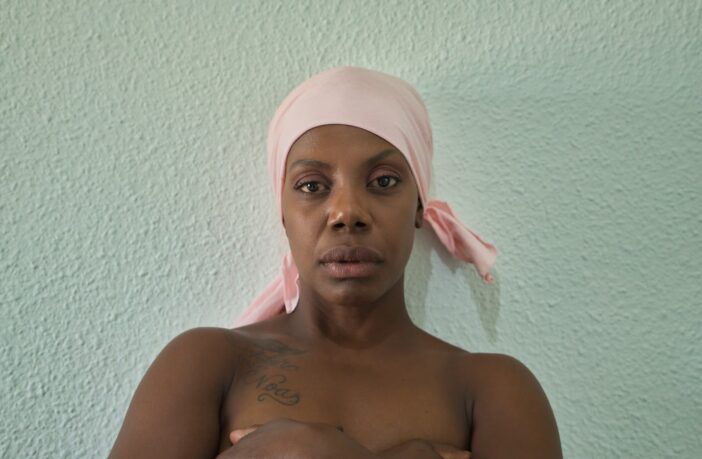This article was originally written for Word In Black by Jennifer Porter Gore, a writer living in the Washington, D.C., area.
Called “the emperor of all maladies,” cancer strikes tens of thousands of Americans each year. But while the death rate from the disease has declined during the past two decades in the U.S., Black women still die from it at higher rates — and are more likely to die within 5 years of diagnosis — than white women.
That’s despite the fact they are diagnosed less often.
Such blatant disparities led the American Cancer Society to launch what will likely be the largest study of cancer risk and its outcomes for Black women.
New Study – 100,000 Sisters
The VOICES of Black Women study, announced this week, plans to enroll more than 100,000 Black women ages 25 to 55 in the U.S. Along with tracking their health, the study will examine their barriers to treatment, including experiences of racism that increases the risk of developing or dying from cancer.
“I don’t think anybody chooses to not be healthy, right?” says Dr. Lauren McCullough, a co-principal investigator and the visiting scientific director at the American Cancer Society. “These are issues that are systemic, and we’re going to try and capture that,”
Researchers will follow the study’s participants, who have not been diagnosed with cancer, come from diverse backgrounds, and live in one of 20 states or Washington, D.C., where the overwhelming majority of Black women live. Over 30 years, participants will be surveyed about their behavioral, environmental and lived experiences.
“This survey is very different than some of our predecessors in that we’re also capturing qualitative data,” says McCullough. “We’re going to ask participants questions like, ‘Tell us about an experience that you’ve had in a healthcare setting.’ And so, we’re hoping that [information]will give us an accurate picture of what women are experiencing in their day-to-day lives.”
Why Black Women Need to be Centered
Cancer is among several conditions in which Black people—particularly Black women–have higher rates of illness and poorer outcomes even when they have the hallmarks of being middle-class.
“We find that the magnitude of the disparity is actually biggest among women who are educated and have insurance,” McCullough adds. “What we’re calling diminishing returns—as their white counterparts’ [status]elevates, they have better outcomes, but for black women, we’re not achieving those same benefits.”
While Black women are diagnosed with cancer less often than white women, they are they more likely to die of it within five years, according to the National Cancer Institute. This is especially true for breast cancer, which from 2015 to 2019 killed Black women at a 40% higher rate than white women despite their rate of diagnoses being 4% lower. Black women were also 60% more likely than white women to die of cervical cancer and almost twice as likely to die of endometrial cancer.
Evaluating participants’ life histories will also be important—as will their experiences of racism and discrimination.
“You know, I always tell people, ‘Yes, I’m a Black woman, I’m a doctor, I’m educated, but when I walk into a clinic, I am a Black face,’” she says. “And there’s certain treatment that comes with that and it hasn’t been adequately captured in the medical literature.”
Because the participants will be women who haven’t been diagnosed with cancer, every health outcome that emerges among the 100,000 participants will be studied.
“We anticipate there will be a lot of studies around breast cancer and colorectal and endometrial cancer because those are the more prevalent types of cancers,” McCullough says. “But there will also be studies of the rarer cancers,” such as stomach and endometrial cancer.
Participants can enroll by registering on the VOICES website and completing a survey that asks about medical history, diet, sleep patterns, physical activity, mental health, stress levels and experiences of racism and discrimination. The survey takes about an hour, but it’s self-paced, so participants don’t have to complete it in one sitting.
Once they are enrolled, participants will be asked to fill out two 30-minute surveys each year.



